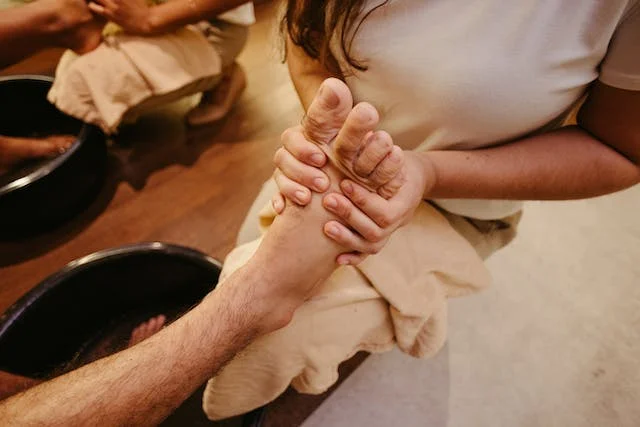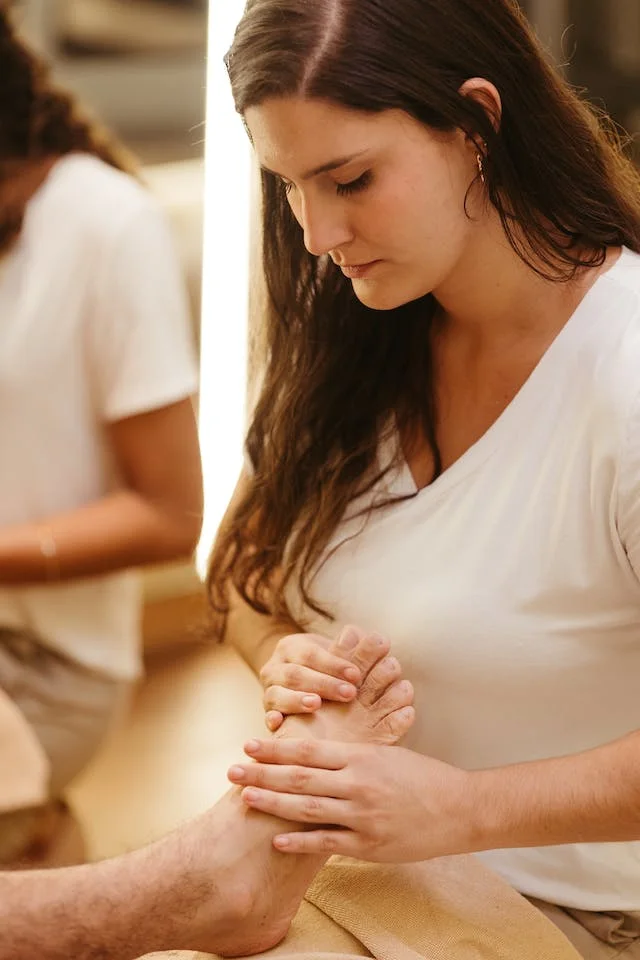Why Does My Heel Hurt When I Walk After Sitting?
When you sit for a while and then stand up, do you ever feel a sharp pain in your heel when you take that first step? If so, you’re not alone. Many people experience this discomfort, and it can be quite bothersome. In this blog post, we’ll explore the reasons why your heel might hurt when you walk after sitting for too long, what you can do about it, and what kind of doctor you should see if the pain persists.
10 Reasons Heel Hurt When You Walk After Sitting Too Long
1. Plantar Fasciitis
This is a fancy term for inflammation of the tissue that connects your heel bone to your toes. When you sit for a long time, the plantar fascia can become stiff, and when you stand up, it stretches suddenly, causing pain.
2. Heel Spurs
These are tiny calcium deposits that develop on the bottom of your heel bone. Sitting for long periods can aggravate heel spurs, leading to pain when you stand and walk.
3. Achilles Tendonitis
The Achilles tendon connects your calf muscles to your heel bone. Prolonged sitting can cause this tendon to become tight and inflamed, resulting in pain when you put weight on your foot.
4. Tarsal Tunnel Syndrome
Similar to carpal tunnel syndrome in the wrist, tarsal tunnel syndrome occurs when the nerves in the ankle become compressed. Sitting for too long can exacerbate this condition, causing pain and numbness in the heel and foot.
5. Bursitis
Bursae are small fluid-filled sacs that cushion the bones, tendons, and muscles near your joints. When you sit for extended periods, the bursa in your heel can become irritated, leading to pain and swelling.
6. Stress Fracture
Prolonged sitting can weaken the bones in your feet, making them more susceptible to stress fractures. These tiny cracks in the bone can cause significant pain when you bear weight on your foot.
7. Peripheral Neuropathy
This condition affects the nerves that transmit signals between the brain and spinal cord to the rest of the body. Sitting for too long can exacerbate peripheral neuropathy symptoms, including heel pain and tingling sensations.
8. Flat Feet
Flat feet occur when the arches of the feet collapse, causing the entire sole of the foot to come into contact with the ground. Sitting for long periods can exacerbate flat feet symptoms, leading to heel pain when you stand and walk.
9. Poor Footwear
Wearing shoes with inadequate support or improper fit can contribute to heel pain, especially after sitting for long periods. The lack of cushioning and arch support can strain the muscles and ligaments in your feet, causing discomfort when you stand up.
10. Obesity
Carrying excess weight puts additional pressure on your feet, especially the heels. Sitting for long periods can exacerbate this pressure, leading to heel pain when you stand and walk.
What to Do About It?

Now that we’ve identified some possible reasons why your heel might hurt when you walk after sitting for too long, let’s talk about what you can do to alleviate the pain:
Stretching: Perform gentle stretches for the calves, Achilles tendon, and plantar fascia before standing up. This can help loosen tight muscles and reduce strain on the heel.
Ice Therapy: Apply an ice pack to the affected heel for 15-20 minutes several times a day to reduce inflammation and numb the pain.
Rest: If possible, avoid prolonged periods of sitting or standing to give your feet a break. Elevate your feet when sitting to promote blood flow and reduce swelling.
Proper Footwear: Invest in supportive shoes with cushioning and arch support to alleviate pressure on the heels. Avoid high heels and flip-flops, as they can exacerbate heel pain.
Over-the-Counter Pain Relief: Nonsteroidal anti-inflammatory drugs (NSAIDs) such as ibuprofen or acetaminophen can help reduce pain and inflammation.
Orthotic Inserts: Consider using orthotic inserts or heel cups to provide additional support and cushioning for your feet.
Physical Therapy: A physical therapist can teach you exercises to strengthen the muscles in your feet and improve your overall foot mechanics.
Weight Management: If you’re overweight or obese, losing weight can help alleviate pressure on your heels and reduce pain.
What Kind of Doctor to See?

If your heel pain persists despite home remedies and lifestyle modifications, it’s essential to consult a healthcare professional. Here are some specialists who can help diagnose and treat your condition:
Podiatrist: A podiatrist specializes in foot and ankle disorders and can diagnose and treat various conditions that cause heel pain.
Orthopedic Surgeon: If your heel pain is severe or due to a structural issue such as a stress fracture or heel spur, an orthopedic surgeon may be able to offer surgical interventions.
Rheumatologist: If your heel pain is associated with an underlying inflammatory condition such as arthritis, a rheumatologist can help manage your symptoms and prescribe appropriate medications.
Neurologist: If you’re experiencing tingling or numbness in addition to heel pain, a neurologist can evaluate you for peripheral neuropathy or other nerve-related conditions.
Physical Therapist: A physical therapist can provide targeted exercises and therapies to address the underlying causes of your heel pain and improve your overall foot function.
Conclusion
Heel pain when walking after sitting for too long can be a frustrating and uncomfortable experience. However, by understanding the potential causes of this pain and taking proactive steps to address them, you can find relief and improve your quality of life. Remember to stretch regularly, wear supportive footwear, maintain a healthy weight, and seek professional help if needed. With the right approach, you can put your best foot forward and keep moving comfortably.

